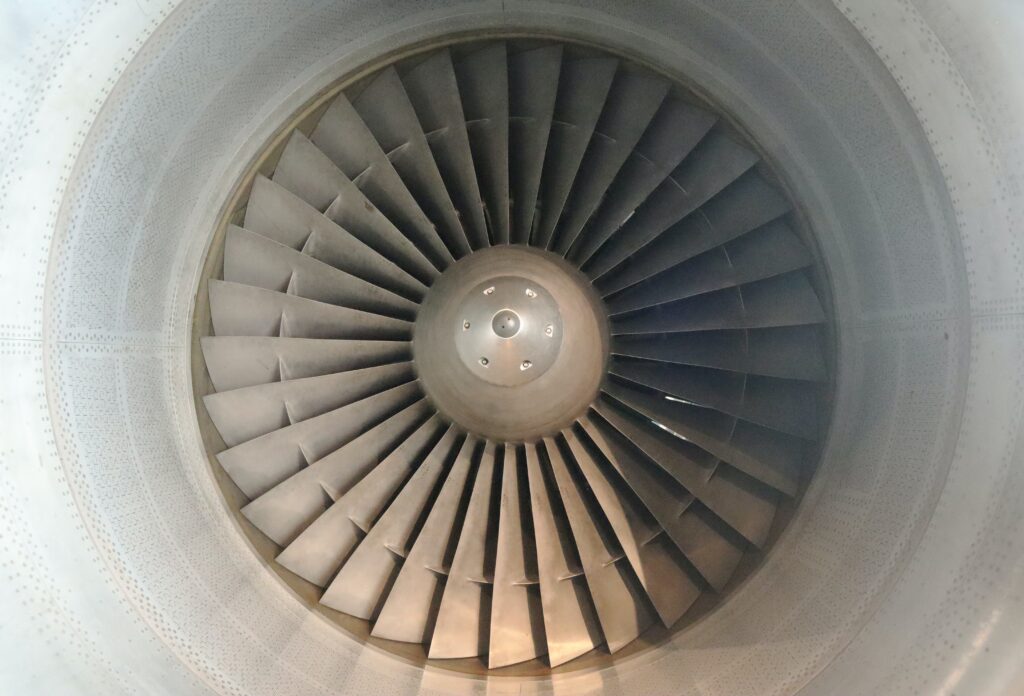
Ambition to improve is not just limited to corporate labs or academia. We also see this at work in a time-honored place — the garage. I encountered a story recently of innovation in manufacturing tested and perfected in the garage but conceived in an even more unlikely place: prison .
When Bloomberg featured Herbert Williams in its Energy section, the title of the article was “The Ex-Con Inventor Disrupting Underwater Energy.” In fact, Williams developed his plans for one of the first commercial-scale turbines meant to convert tidal energy to electricity while serving time in prison.
“Prison set me down, allowing me to stop and think,” Williams said in the Bloomberg piece.
Where Innovation Comes From
We all strive for some quiet time to think and develop ideas, strategies, etc. My favorite time is in the sauna after exercising or doing a head-stand in my “hot yoga” class. Williams made some mistakes, but he did his time and while in prison turned to his passion for the love of boats and the sea. He learned technical drawing from a fellow inmate and started coming up with ideas: “I had to make these things to keep a sense of purpose,” he said. “Maybe I made them to show I exist.”
His sense of purpose saw Herbert combining his love of boats and tinkering in a windowless garage to overcome a tough engineering challenge… building a turbine to withstand salt water, and microorganisms as well as to handle the stress of water, 800 times more dense than air.
His innovative solutions included bolting the rotor blades to the rim of the turbine, just like spokes on a bicycle wheel. While this sounds simple, Willams (collaborating with other engineers along the way) also realized that by adding magnets and hand-wound conducive coils he could avoid the need for lubrication.
To test that his design wouldn’t seize in cold ocean water, he even tested his idea out in an old aboveground swimming pool loaded with ice.
Patents for his design sold to the Irish company OpenHydro and today massive 300-ton, 52-foot-high versions of the Williams design are deployed in Canada’s Bay of Fundy as well as in Brittany, France. He has joined the Misfits I wrote about a few months ago, those on the outside who make a real difference.
As Herbert says, “if all of the entrepreneurs and tinkerers in the country left it to GE and Westinghouse, we’d be in big trouble.”
Innovation is everywhere. This is just one example of innovation in manufacturing. Let me know what you are working on and when you have time to think.

